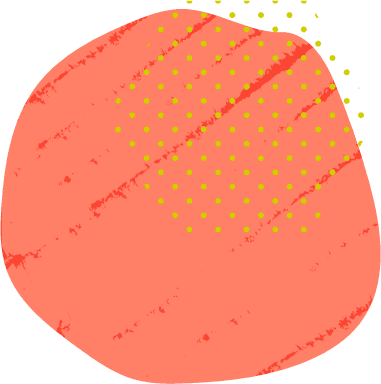Welcome to the best HSC, QCE and VCE Chemistry resources all in one place! 😎 Whether it’s advice on how to study for Chemistry, access some Chemistry practice questions, module breakdowns, how to write a Chemistry research report or how to write Chemistry notes (and more!), we’ve got your back with up to date HSC, QCE and VCE Chemistry syllabus content that will help you ace Year 12 Chemistry 🔥
📖 Module & Unit Breakdowns
Module 2: Introduction to Quantitative Chemistry Practice Questions for Year 11 Chemistry
Guide to HSC Chemistry Module 6: Acid/Base Reactions
Guide to HSC Chemistry Module 7: Organic Chemistry
Guide to HSC Chemistry Module 5: Equilibrium and Acid Reactions
The Ultimate Guide to Year 11 Chemistry Module 4: Drivers of Reactions
The Ultimate Guide to Year 11 Chemistry Module 3: Reactive Chemistry
Guide to Year 11 Chemistry Module 1: Structure and Properties of Matter
The Ultimate Guide to Year 11 Chemistry Module 2: Quantitative Chemistry
The Ultimate Guide to QCAA Chemistry Unit 3: Equilibrium, Acids and Redox Reactions
The Ultimate Guide to QCAA Chemistry Unit 4: Structure, Synthesis and Design
QCAA Chemistry: The Ultimate Guide to Achieving an A
Everything You Need to Know from the VCE Chemistry Study Design
📝 Study Tips
How to Convert the HSC Chemistry Syllabus into a Study Checklist
How to Write a Band 6 Research Report for HSC Chemistry
The 6 Week Summer Holiday Study Guide for HSC Chemistry
Top 5 HSC Chemistry Study Tips to Help You Get a Band 6
How to Study for HSC Chemistry the Night Before the Exam
The Ultimate 7 Day HSC Chemistry Study Plan
The 4-Step Guide to Effective HSC Chemistry Revision
How to Write HSC Chemistry Study Notes in 5 Simple Steps
The Definitive Guide to Writing a Student Experiment Report for QCAA Chemistry
The Ultimate Guide to Conducting a QCAA Chemistry Research Investigation So You Can Maximise Marks
How to Ace Your External Exam for QCAA Chemistry
Download QCAA Chemistry Practice Exam Questions for External Assessment Revision
QCAA Chemistry: The Ultimate Guide to Achieving an A
How to Ace Your End of Year Exam for VCE Chemistry
The Definitive Guide to Using the VCE Chemistry Data Booklet Effectively
📒 Practice Questions
20 Practice Questions for Year 11 Chemistry Module 4: Drivers of Reactions
Practice Questions for Year 11 Chemistry Module 1: Properties and Structure of Matter
Module 2: Introduction to Quantitative Chemistry Practice Questions for Year 11 Chemistry
HSC Chemistry Module 8: Applying Chemical Ideas Practice Questions
20 Module 5: Equilibrium and Acid Reactions Practice Questions for HSC Chemistry
20 Practice Questions for Year 11 Chemistry Module 3: Reactive Chemistry
HSC Chemistry Module 7: Organic Chemistry Practice Questions
HSC Chemistry Module 6: Acid-Base Reactions Practice Questions
HSC Chemistry Past Papers Master List
QCAA Unit 3 Chemistry Data Test IA1 – Practice Questions
QCAA Chemistry Exam Practice Questions for Unit 3 & 4
QCAA Multiple Choice Practice Questions for Unit 3 & 4 Chemistry External Assessment
Download QCAA Chemistry Practice Exam Questions for External Assessment Revision
☀️ QCE Resources
The Definitive Guide to Writing a Student Experiment Report for QCAA Chemistry
The Ultimate Guide to Conducting a QCAA Chemistry Research Investigation So You Can Maximise Marks
How to Ace Your External Exam for QCAA Chemistry
Download QCAA Chemistry Practice Exam Questions for External Assessment Revision
QCAA Chemistry: The Ultimate Guide to Achieving an A

Learn the Syllabus
Want video explainers on every syllabus dot point for your Year 11 and 12 subjects? Access free educational resources below!

📚 Other
How Maddy Turned Her HSC Chemistry Marks Around by 40%
The Ultimate Guide to Acing Module 8 Chemistry for the HSC
What the HSC Chemistry Exam Will Look Like
How to Bounce Back from Bad Marks in HSC Chemistry
What is HSC Chemistry about? Your Top 5 Myths Busted!
Your Guide to Writing A Band 6 HSC Chemistry Extended Response
45,861 students have a head start...
Get exclusive study content & advice from our team of experts delivered weekly to your inbox!


